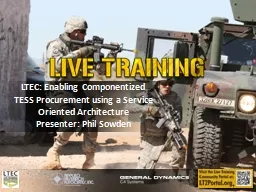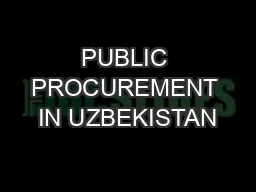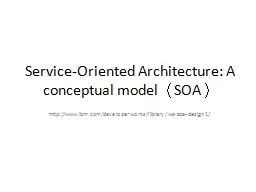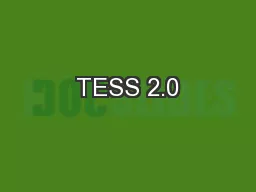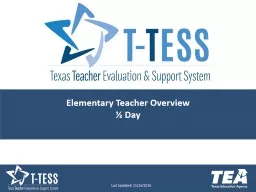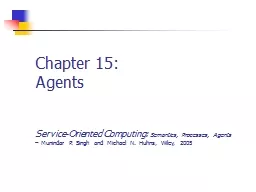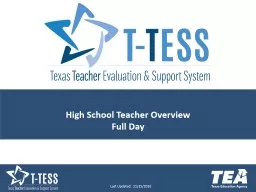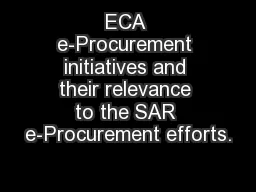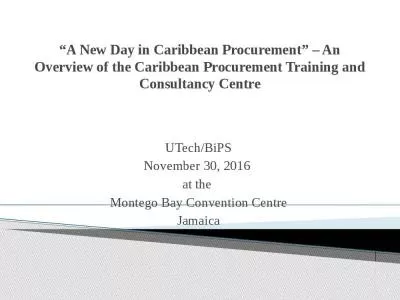PPT-LTEC: Enabling Componentized TESS Procurement using a Service Oriented Architecture
Author : danika-pritchard | Published Date : 2018-09-22
Presenter Phil Sowden 1 Outline Traditional System Based Procurement PM TRADE Vision Component Based Procurement Live Training Engagement Composition LTEC Architecture
Presentation Embed Code
Download Presentation
Download Presentation The PPT/PDF document "LTEC: Enabling Componentized TESS Procur..." is the property of its rightful owner. Permission is granted to download and print the materials on this website for personal, non-commercial use only, and to display it on your personal computer provided you do not modify the materials and that you retain all copyright notices contained in the materials. By downloading content from our website, you accept the terms of this agreement.
LTEC: Enabling Componentized TESS Procurement using a Service Oriented Architecture: Transcript
Download Rules Of Document
"LTEC: Enabling Componentized TESS Procurement using a Service Oriented Architecture"The content belongs to its owner. You may download and print it for personal use, without modification, and keep all copyright notices. By downloading, you agree to these terms.
Related Documents

